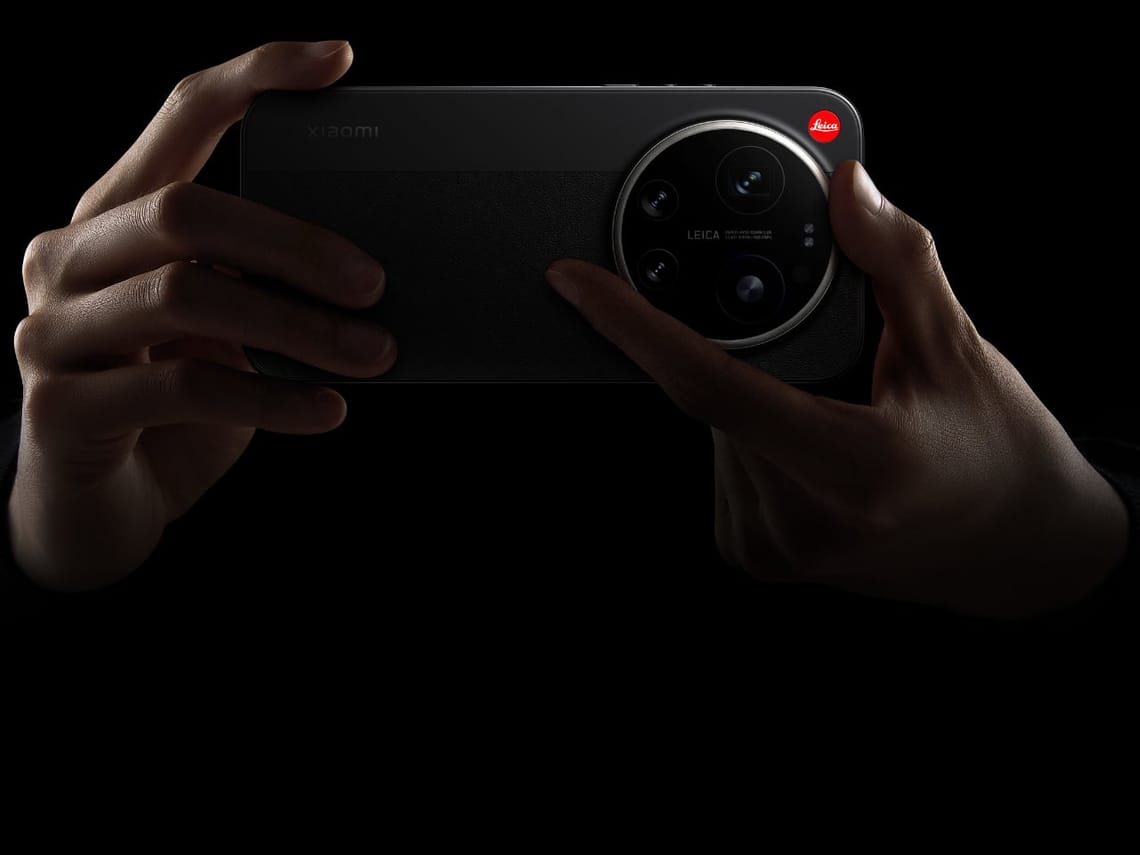Qualcomm and Harman have teamed up to push generative AI deeper into car cockpits. For UAE drivers, this isn’t just tech hype — it ties directly into local regulations, luxury car expectations, and smart mobility plans. Here’s how this move could reshape driving in the Emirates.
New cockpit technologies + what they mean for UAE drivers
The UAE is one of the most luxury-car-heavy vehicle markets in the world. Drivers expect tech, comfort and safety. The Qualcomm + Harman collaboration delivers:
- AI‑powered user interfaces (voice avatars, emotion/context recognition)
- Augmented reality visualisation of critical driving info
- Driver monitoring (fatigue, distraction) systems baked in
- More powerful central compute platforms combining ADAS + infotainment
That means new vehicles could feel more like your smart device — adapting to you, responding better, helping keep you safer (if done well).
Regulatory & market environment in the UAE
The UAE is preparing for exactly this kind of tech. Key factors:
- Driver Monitoring Systems (DMS) are increasingly required, especially in commercial vehicles.
- A draft standard on technical requirements for automated driving (levels L4/L5) is currently in development in the UAE.
- Smart mobility, autonomous vehicles, and connected mobility are part of the government's strategy. Market forecasts suggest the cockpit electronics market in the UAE will grow from about USD 0.8 billion in 2025 to around USD 1.8 billion by 2033.
- Luxury brands and premium vehicles already bundle high tech. The new tech could shift expectations even for mid‑tier models.
As regulations catch up, there’s both opportunity and risk: OEMs that move early may gain a competitive advantage; those slow to adapt may face disadvantages in terms of compliance or consumer perception.
What this could look like in practice (and what to watch out for)
What drivers in the UAE might actually start seeing (or demanding):
| Feature | Potential Benefit | Challenges / Considerations |
|---|---|---|
| Emotion/context aware voice‑avatar (e.g. HARMAN’s Luna) | More intuitive control; less distraction; more personalised experience | Needs to handle UAE accents, Arabic language, noisy cabin, heat, etc. |
| AR overlays (vision systems, HUDs) | Ensuring safety isolation, software and firmware security; fail‑safe behaviour in case of faults | Regulatory approval; safety in glare / direct sunlight; durability in high heat/dust conditions |
| Central compute combining ADAS + infotainment | Lower latency; less hardware redundancy; smoother UX | Driver monitoring/intervention |
| Driver monitoring / intervention | Could reduce accidents caused by fatigue or distraction; align with regulation demands | Privacy (what’s recorded, what’s stored); false positives; system reliability in harsh conditions |
Also important: After‑sales service, firmware updates, and cybersecurity will matter a lot. In a region like the UAE, extreme heat / dust / sand / humidity make hardware robustness and maintenance essential.
Implications for OEMs, consumers & mobility in UAE
- OEMs building or selling cars in the UAE will need to consider these systems not just for premium segments but increasingly for compliance and competitive differentiation.
- Consumers will likely place a higher value on features such as real-time safety, comfort, and AI-driven convenience. These will become part of brand decisions.
- Policy / regulation bodies will be watching closely: aligning local law with tech possibilities. Ensuring safety, privacy, consistent standards will be part of that.
It may not be long before what feels futuristic becomes expected, especially in cities like Dubai or Abu Dhabi, where tech adoption tends to be quicker.
FAQs
When might UAE-sold cars start having these Qualcomm + HARMAN cockpit features?Likely within 1-2 years for premium models; 2-3 years for wider market.
Will the driver monitoring and emotion-recognition features respect privacy?It depends on implementation. Local data processing and clear consent policies are key.
Are there any safety risks with combining ADAS and infotainment on same compute platform?Yes, unless designed with strict isolation, redundancy, and real-time safeguards.
Subscribe to our newsletter to get the latest updates and news








Member discussion